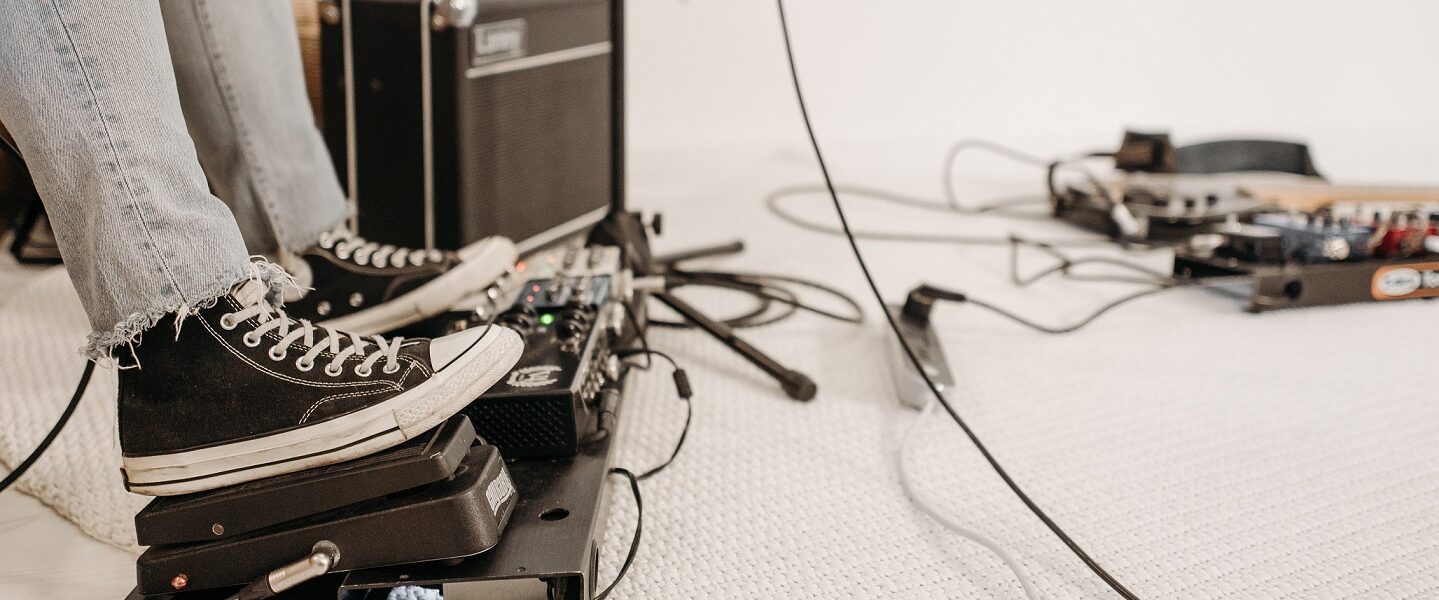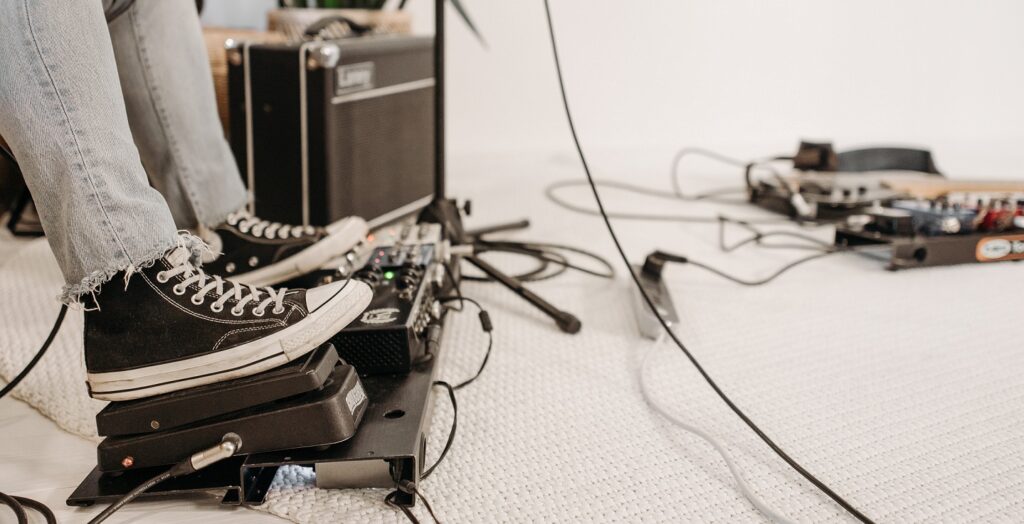What Are Pedal Switchers?
Pedal switchers are a type of device used by guitarists and other musicians to manage their effects pedals. Essentially, a pedal switcher is a device that allows the musician to switch between different effects pedals using a single footswitch or button. This can be incredibly useful for musicians who use multiple effects pedals in their setup, as it allows them to quickly and easily change the order of their pedals, turn them on and off, and create complex signal chains.
Why Do I Need A Pedal Switcher?
If you are a guitarist or musician who uses multiple effects pedals in your setup, a pedal switcher can be an incredibly useful tool. Here are a few reasons why you might need a pedal switcher:
- Streamlined Signal Chain: One of the main benefits of using a pedal switcher is that it can help you create a streamlined signal chain. Instead of having to manually switch on and off individual pedals or rewire your entire pedalboard, you can simply use a footswitch or button to change your signal chain. This makes it much easier to experiment with different sounds and create complex, multi-layered effects.
- Simplify Live Performances: If you play live, a pedal switcher can be especially useful for simplifying your setup. Instead of having to navigate a complicated array of pedals and cables on stage, you can use a pedal switcher to create a clean and organized signal chain. This can help you save time and avoid confusion during a live performance.
- Increase Flexibility: Depending on the type of pedal switcher you choose, you can enjoy a great deal of flexibility in your effects setup. For example, an active switcher may allow you to program different signal chains for different songs or parts of a song. A MIDI switcher may allow you to control multiple effects processors and other digital devices with a single footswitch or button.
- Save Space: Another benefit of using a pedal switcher is that it can help you save space. Instead of having to cram a bunch of pedals onto a crowded pedalboard, you can use a pedal switcher to control multiple pedals with a single device. This can be especially useful for musicians who play in tight spaces or who have limited room in their practice or recording spaces.
- Maintain Tone: Finally, using a pedal switcher can help you maintain your tone and avoid signal loss. Some passive switchers can introduce noise and signal loss into your setup, but active switchers and MIDI switchers are designed to minimize these issues. This means that you can enjoy the benefits of a pedal switcher without sacrificing the quality of your tone.
Drawbacks of Pedal Switchers
Of course, there are also some drawbacks to using a pedal switcher. Here are a few of the most common:
- Cost: Pedal switchers can be quite expensive, especially if you opt for an active or MIDI switcher. This can be a significant investment for some musicians, and may not be worth the cost for those who only use a few effects pedals.
2. Learning Curve: Depending on the type of pedal switcher you choose, there may be a learning curve involved in using it effectively. This is especially true for MIDI switchers, which require a certain level of technical knowledge to program and use effectively. Even with more basic switchers, there may be some trial and error involved in figuring out the best signal chain and settings for your particular setup.
3. Signal Loss: Finally, some pedal switchers may result in a loss of signal strength or tone. This is particularly true for passive switchers, which can introduce noise and signal loss into your setup. While this may not be noticeable to all musicians, those with a more discerning ear may find that their tone suffers as a result of using a pedal switcher.
Pedal switchers can be incredibly useful tools for musicians looking to manage their effects pedals more efficiently. Whether you opt for a passive, active, or MIDI switcher, you can enjoy a number of benefits, including ease of use, organization, and flexibility. However, it’s important to keep in mind that there are also some drawbacks to using a pedal switcher, such as cost, learning curve, and signal loss. Ultimately, whether or not a pedal switcher is right for you will depend on your particular needs and preferences as a musician.
How Do Switchers Work?
Switchers allow you to control multiple pedals with a single device, making it easier to experiment with different sounds and create complex effects. But how do switchers actually work? In this article, we’ll explore the basics of switchers and how they operate.
One important thing to note about switchers is that they can introduce some degree of signal loss or noise into your setup. This is especially true of passive switchers, which do not have any additional circuitry to minimize signal loss. However, even active and MIDI switchers can introduce some degree of noise or signal loss, depending on their design and quality.
To minimize noise and signal loss, it’s important to choose a high-quality switcher and use quality cables and connectors in your setup. It’s also a good idea to experiment with different signal chains and settings to find the setup that works best for your needs.
Pedal switchers are an essential tool for guitarists and musicians who use multiple effects pedals in their setups. Whether you choose a passive, active, or MIDI switcher, the basic operation is the same: you use a single device to control multiple pedals, making it easier to experiment with different sounds and create complex effects. With a bit of understanding of how switchers work and some experimentation, you can take your music to the next level and achieve the sounds you’ve been dreaming of.


